Kitchen Banquettes: Explaining the Buffet of Options
Banquette seating in a kitchen saves space, brings pattern and color to the room through upholstery and creates a cozy spot for meals. But it’s important to consider the functional aspects.
There’s a lot to consider, but keep in mind that banquettes can be designed to match any kitchen style. They can be custom built by a finish carpenter, purchased as a bench from some cabinet manufacturers or assembled from cabinet components —for example, a 15-inch-high by 18-inch-deep wall cabinet mounted on a wood-framed base (the same height as your cabinets), and finished with a matching cabinet toe kick trim and a wood seat.
The price to build a banquette varies greatly depending upon size, construction and finish details, but the results can provide a beautiful and unique dining area.
Here are a few of the options.
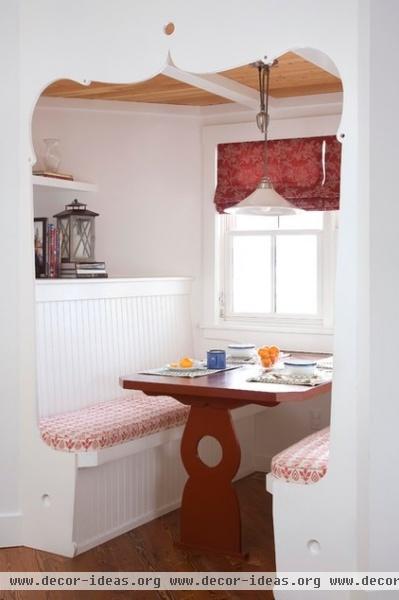
Banquette Shapes and Styles
Booth. This cozy little booth, in essence a banquette, is a charming spot for meals. It can accommodate four diners, possibly five if the table had a pedestal base. Because the table is completely enclosed, however, this may not be the most flexible arrangement for your family.
When to use: When space is at a premium.
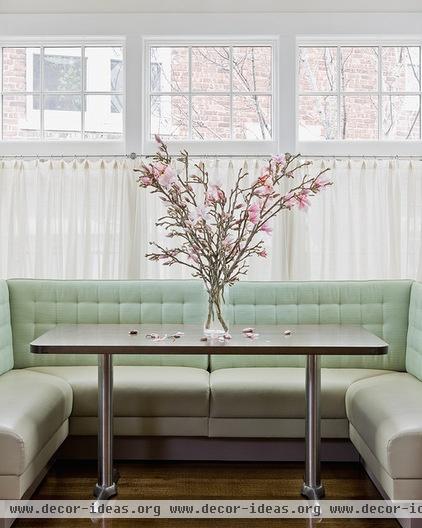
U-shaped. This beautiful banquette seats quite a few diners. It would be a relaxing place for a dinner party. Getting in and out on a daily basis, however, might be problematic.
When to use: When a rectangular table best fits the space.
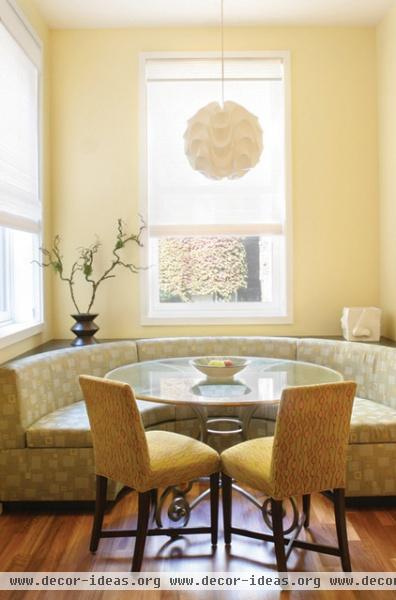
Curved. This rounded banquette is a great way to accommodate a lot of diners in a smaller space; there is no wasted corner. It does, however, have the same accessibility issues as the large U-shaped banquette.
When to use: When a round table best fits the space.
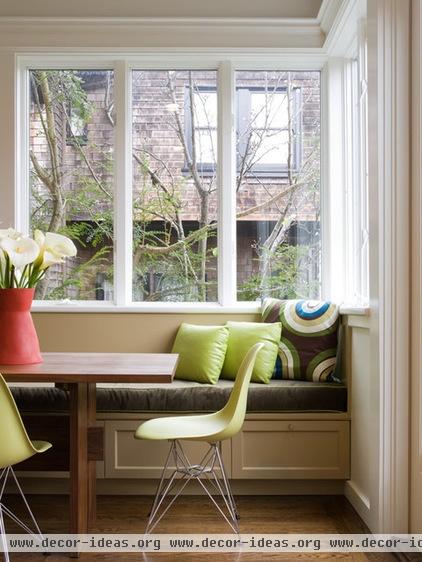
Straight. If you would like to have additional casual seating in your kitchen, a straight banquette, especially along a bank of windows with a pretty view, is a great option.
When to use: When a long, narrow space is available.
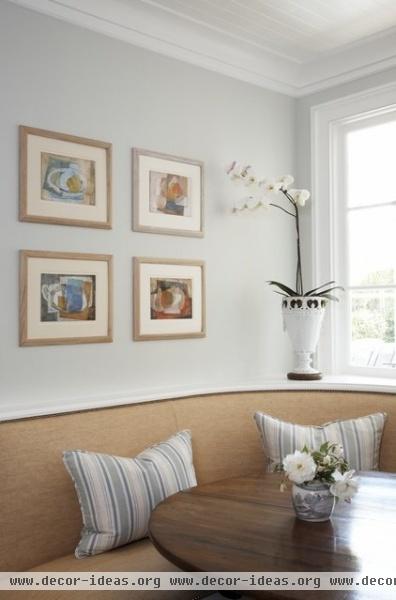
Curved back. A curved back makes it easier to scoot around; plus it provides a comfortable backrest for each diner (no one will get stuck in a corner).
When to use: When maximizing space is important around a round table.
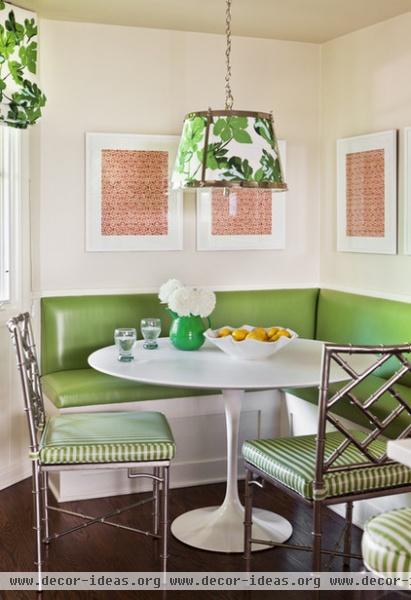
Banquette Materials
Vinyl. Upholstery material can make a difference as to how easy it is to slide in and out of the banquette. Vinyl makes it easier to scoot around. This corner arrangement makes good use of the space too. It is a functional shape for four diners — two on the banquette — but a couple of others could be squeezed in.
When to use: When an upholstered seat and a durable material are desired.
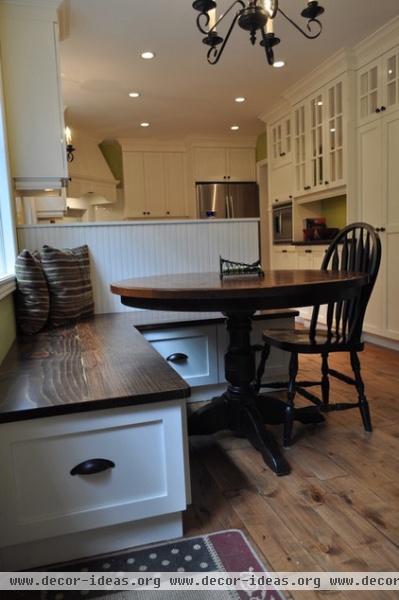
Wood. A wood seat, while not as comfortable as an upholstered seat, is very easy to maintain and easy to slide along. This might be a great option if you have children. Loose seat cushions could also be added.
When to use: When an inexpensive and durable seat is required.
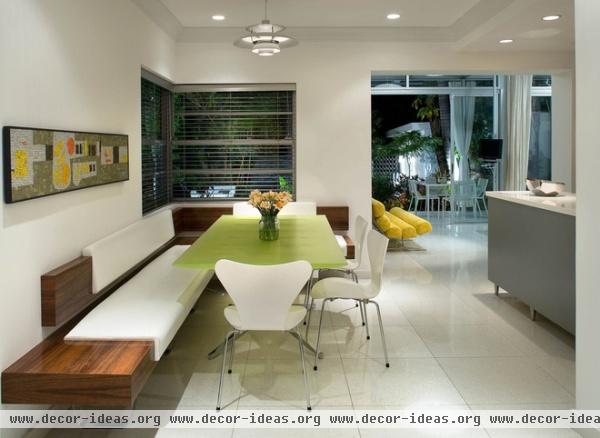
Double-Function Banquettes
Extra seating or table space. This banquette, which extends beyond the table, not only provides additional seating for entertaining, but presumably the wood surface can be used as an end table. Additionally, if the table can be extended for larger groups, the long banquette will provide seating for the extra diners. Although this arrangement again hems some people in, that will be much less of a problem with the large, occasional group than with daily diners.
When to use: When flexible seating and table space are desired.
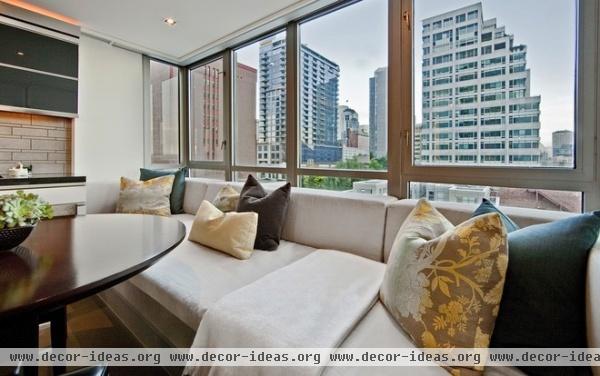
Guest bed. Although you would probably not want this in a kitchen, a banquette can double as a guest bed, if it’s deep enough. This is quite easy to accomplish if you build a platform and use twin-size mattresses. Consider, however, that this will not provide a comfortable back for diners unless you load it with throw pillows.
When to use: When a space can be multifunctional and guest space is at a premium.
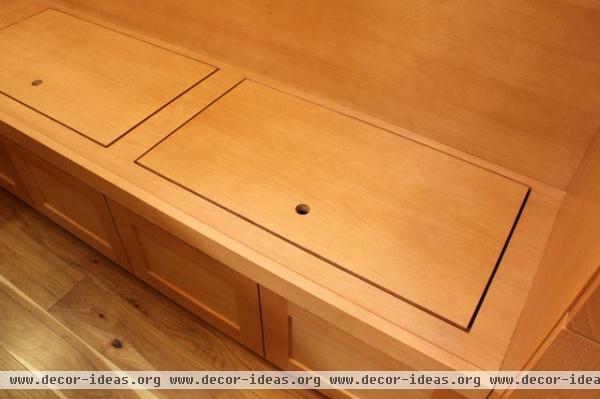
Banquettes With Storage
Rear-hinged. If your banquette will have an enclosed base, it can also be used for storage. You should consider storage requirements when deciding whether to use a hinged top, doors or drawers. A basic box with a hinged top (shown here) is probably the most economical design and can also accommodate large items.
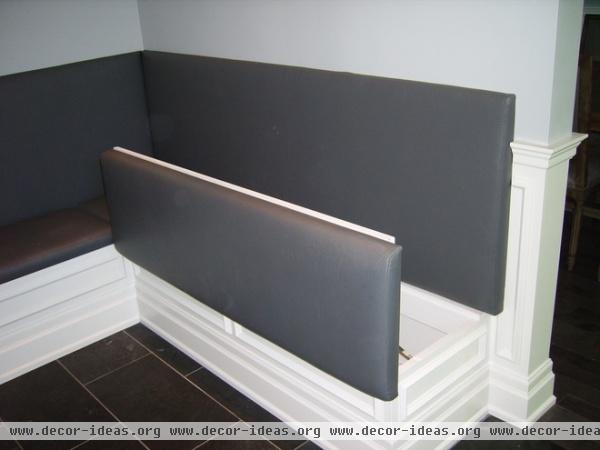
Front-hinged. These allow for an upholstered seat and back.
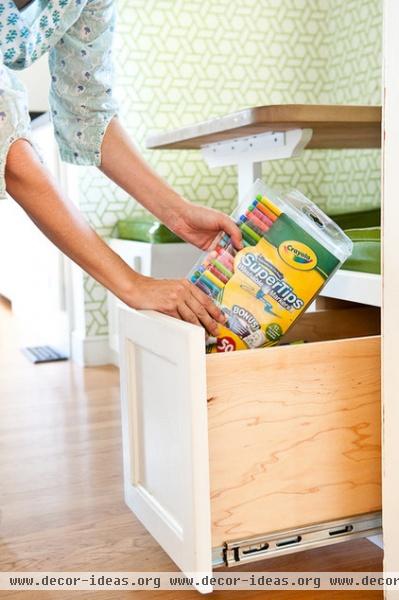
Drawer storage. Drawers are the most expensive storage types but also the most easily accessible. Use one on the side of banquette seating for quick access to supplies.
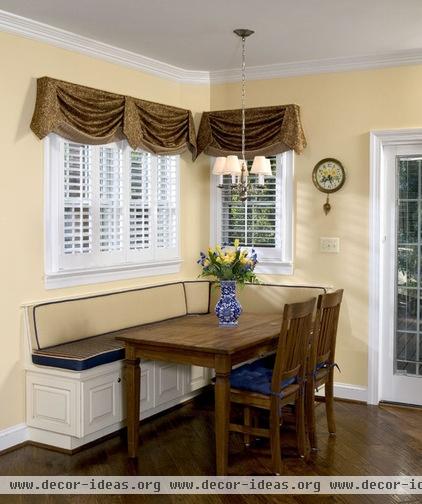
Cabinet doors. Cabinet doors are less expensive than drawers but more difficult to access.
More: 12 Cozy Corner Banquettes for Kitchens Big and Small












